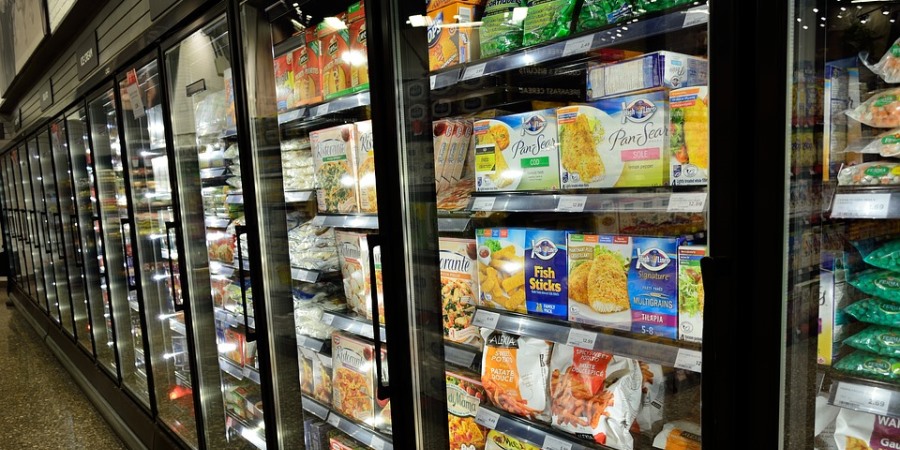Food categories including frozen vegetables and flour have seen high price rises over the past year because of inflation, the latest report by Food and Drink Federation (FDF) has found.
November saw further acceleration in food and non-alcoholic drink inflation, with prices rising by 16.5%, exceeding October’s rate of 16.4%. This is the sixteenth month of accelerating annual food and drink inflation, their highest level since September 1977. On the month, prices rose by 1.1%.
According to the FDF report, of the 49 main food categories reported in the official statistics, 41 recorded double-digit inflation. Low-fat milk annual inflation hit 45.3%, while other categories saw high, by historical standards, price rises: pasta products and couscous (36.8%), whole milk (33.9%), flours and other cereals (30.1%), or frozen vegetables (28.3%).
Pressures persist
The FDF said that prices of food on supermarkets’ shelves will continue to see persistent rises throughout 2023 and possibly beyond. It said: “It takes up to a year for input cost rises to filter through to final prices on shop shelves and manufacturers have now seen costs climbing for over two years.
“Unfortunately, the ONS has opted not to publish updated producer prices for the month of November, however October showed UK-sourced ingredients were up 18.8% while imported ingredients were 31.0% more expensive. Goods leaving manufacturers’ facilities saw inflation reaching 16.1% in October.”
Some price pressures are easing for food and drink manufacturers, although too few and at too slow a pace. Global food prices receded slightly in November, falling by 0.1% from October, reaching almost last year’s level. Overall global prices remain 38% higher than pre-pandemic levels, with vegetable oils 66% and cereals 58% higher.
Despite regaining some of its lost strength, the UK currency remains about 10% weaker against the dollar compared to the beginning of the year. FDF said that this now means that manufacturers, unless they hedge against currency losses or use forward contracts, face increased prices for these commodities, as most are traded in dollars.
Gas prices remain about six times above their long-term trend, with producers reporting a 10-percentage point increase in their energy share of total costs to 22% over the year to Q3 2022.
FDF said that the industry is “afflicted” by serious labour shortages. There were 9.1 vacancies per 100 employees in the food and drink manufacturing in Q3, more than double the UK’s rate of 4.1.
2023 outlook
According to the report, the industry now faces a slowdown in demand, as spending in real terms is slowing down in both retail and hospitality. Retail food sales grew by 5.8% over the three months of November, according to BRC-KPMG data. With food inflation in double digits over that time period, this means that volume sales have fallen.
With high inflation and surging energy prices, this was expected, as households’ real incomes are rapidly eroded. Over the three months to October, average UK real pay fell by 2.7%.
FDF said that the medium-term outlook is worrying. UK manufacturing output contracted for a fifth consecutive month in November, driven by lower demand and ongoing global supply difficulties.
Challenging Christmas period
Responding to the latest CPI inflation figures which shows headline inflation at 10.7%, and food inflation at 16.4%, Helen Dickinson, chief executive of the British Retail Consortium, said: “It will undoubtedly be a challenging Christmas period for many households across the UK. Not only are the costs of food and gifts up on last year, but bills are up 27% too. Unfortunately, the war in Ukraine continues to put pressure on energy and food prices, meaning there is little sign that inflation will ease significantly soon.
“To combat inflation, retailers are investing hundreds of millions into lower prices for the future, as well as finding ways to keep the cost of Christmas down for their customers. This includes freezing the price of many essentials, offering discounts to vulnerable groups, raising pay for their own staff and expanding their value ranges.”









